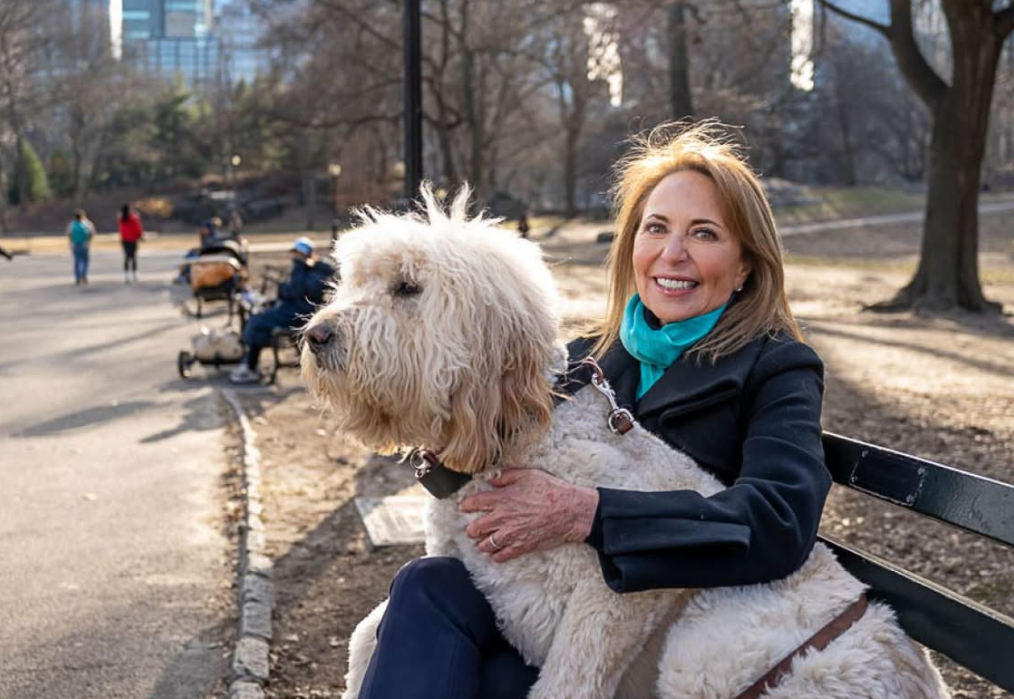Finding a Sense of Safety During the Los Angeles Wildfires
9 tips to help young people.
Posted January 22, 2025
KEY POINTS
The Los Angeles wildfires are causing terror, destruction and disruption.
Adversity happens inside our brains and bodies through the biological mechanism of stress.
We have to prioritize safety and human connection above all for recovery and resilience.
Human relationships can reduce stress, foster resilience, and rebuild a young person’s sense of safety.
Today, many young people in Los Angeles are living in states of terror and disruption. The devastating fires that roared through communities across the city continue to smolder and menace. Thousands have been evacuated; others anxiously monitor the news. Smoke and ash hover in the air. Many children are once again cut off from their schools, teachers, and friends. To help them recover, we must understand the biological effects of stress.
The Biology of Stress

When humans experience stress, cortisol floods our brains and bodies. If it’s tolerable, it is adaptive, making us alert and prepared. But if stress is constant and unbuffered by support, cortisol can damage the brain’s limbic system. Adversity just doesn’t happen to children. It happens inside their brains and bodies through the biological mechanism of stress.
There's a big upside when we turn to oxytocin, the hormone that produces feelings of trust, love, belonging and safety, countering cortisol and protecting the brain at a cellular level. This is why the effects of trauma are reversible. Not the events, but the feelings and emotions. This is why trauma is not destiny.
Making Safety a Priority

With any traumatic event—natural disaster, pandemic, acts of violence—we have to prioritize safety and caring connection above all and give the time that this requires. We did not do that during and after the pandemic. And when we don’t, children either can’t fully engage in learning or stop showing up altogether.
Human relationships are crucial, and recovery from a disaster of this magnitude won’t be immediate. Pasadena Unified Superintendent Elizabeth Blanco was clear-eyed about this when quoted in the Pasadena Star Tribune as saying: “This is going to be a marathon, not a sprint. We all have to prepare for the long haul in the recovery for our community.”
9 Tips for Helping Young People Feel Safe During the Wildfires
- Initiate a conversation. Listen carefully and respond truthfully in an age-appropriate way.
- Be calm and honest. Children pick up on adult emotions. Be consistent and confident. Stay authentic.
- Limit media. Reduce children's exposure to distressing images of burned homes to lower fear and regulate cortisol.
- Maintain routines. Daily routines provide stability and reassurance.
- Watch for signs of distress. Look for trouble sleeping, appetite loss, or difficulty concentrating. Seek support if symptoms persist.
- Share your own feelings carefully. Acknowledge the challenge but reassure.
- Empower youth. Ask children what they think can be done to help others. Engage them in small actions, e.g., letters to first responders.
- Take action together. Join as a family to support relief efforts.
- Care for yourself. Prioritize rest, nutrition, and reflection to better support your family.
Human relationships can reduce stress, foster resilience, and rebuild a young person’s sense of safety. In moments like these, the actions of caring adults can provide the stability support and hope that young people need to restore their sense of safety and belief that recovery is possible.
Read the article on Psychology Today.


